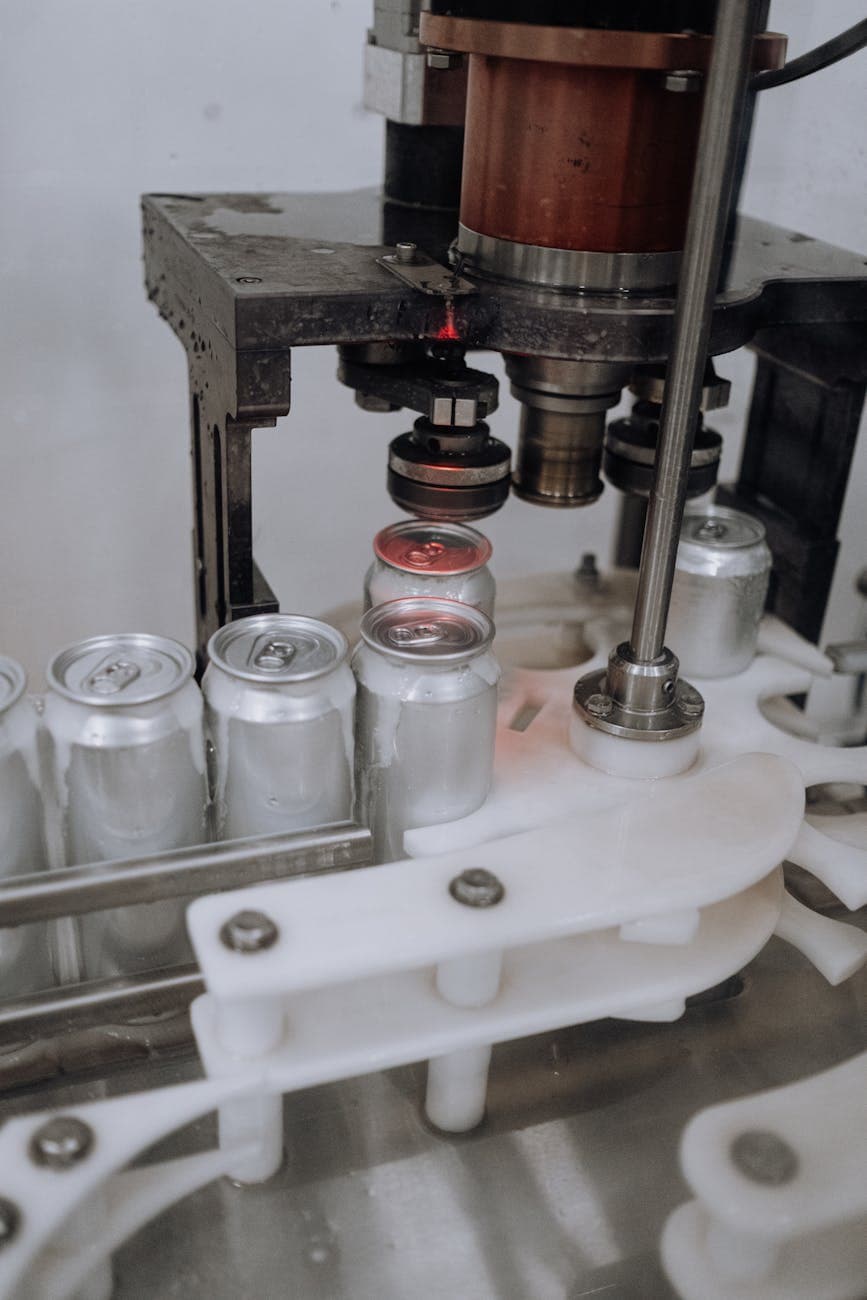How SaaS Review Automation Transforms the Feedback Loop

Anyone who has worked on a software-as-a-service (SaaS) product will tell you that feedback is its lifeblood. Each review, whether an offhand social media mention or a detailed Trustpilot assessment, forms a pulsebeat that can foretell the future health of a product. But as SaaS platforms multiply and their user bases swell, the volume of these reviews can quickly escalate from informative trickle to overwhelming deluge. Enter SaaS review automation: a suite of technologies and practices built to streamline the feedback loop, enabling companies not just to keep up, but to thrive in this new, always-on conversation with their customers.
At its heart, SaaS review automation is about reducing the friction inherent in three key tasks: collecting feedback from users, analyzing and organizing it in actionable ways, and responding thoughtfully and promptly. What once required a raft of support staff, painstaking Excel spreadsheets, and many late nights now increasingly flows through a blend of APIs, machine learning models, and workflow automation tools. This transformation is changing not just how SaaS companies handle reviews, but also how they think about product development, customer experience, and the very nature of user engagement.
Automation Begins with Collection
The first and most obvious pain point is review collection. In the pre-automation era, gathering feedback often meant passively checking third-party platforms, trawling social media, or sending scattershot feedback surveys. Inevitably, much of the conversation about a given SaaS product happened out of sight and out of mind. Today, integration tools like Zapier, Segment, and specialized reputation management platforms allow companies to funnel customer sentiments from myriad sources , app marketplaces, email, NPS surveys, Twitter, Reddit, you name it , directly into a unified dashboard. This shift from scattered noise to consolidated signal is not merely about efficiency. It represents a philosophical change in ownership: companies no longer have to reactively search for feedback, but can treat it as a constantly updating dataset, ready for analysis.
Of course, quantity is not synonymous with quality. Automatic collection tools can catch far more reviews than any human could, but this creates another problem: information overload. This is where automation’s second advantage comes into play.
Analysis at the Speed of SaaS
Traditionally, reviews had to be read, categorized, and prioritized by human agents. This was slow and easily biased by the moods or preconceptions of those doing the reading. Now, advances in natural language processing (NLP) allow sentiment analysis tools to evaluate the emotional tone of feedback, flagging potentially urgent complaints or quietly unhappy customers. Sophisticated models, sometimes fine-tuned for industry-specific vocabularies, can extract themes, cluster similar issues, and even detect emerging trends , such as a sudden drop in performance or a confusing new feature rollout , before human analysts have time to process what is happening.
There is a frequent illusion with automation that it is somehow cold or mechanical. But if deployed well, automated analysis can empower SaaS teams to be more empathetic, not less. By surfacing patterns that might be invisible to a busy human team, companies can move from reactive firefighting to proactive product improvement. For example, if feedback data reveals growing frustration over a specific onboarding pain point, engineers and designers can focus their next sprint on solving it, secure in the knowledge that their effort targets a real, widespread need.
Responding Like a Human, At Scale
The third challenge in the feedback loop is crafting and delivering a response. Customers today expect not only to be heard, but to be acknowledged and even engaged in the subsequent conversation. This is where automation can stumble, as rote replies and generic thank-yous run the risk of feeling inauthentic. Many technology leaders argue that fully automating responses is fraught, but hybrid models are emerging as a pragmatic path forward.
Modern SaaS review automation platforms allow for templated responses that can be quickly customized. They can triage feedback based on priority, auto-assigning tickets or routing negative reviews to senior customer care agents, while informational praise can be handled by programmed workflows. Advanced systems even offer suggested responses, written in the company’s chosen voice and tone, leaving the final approval in human hands. This semi-automated approach preserves the speed and consistency of automation without abandoning the crucial personal touch.
Challenges on the Road to Full Automation
Implementing review automation is not without hurdles. NLP models can misinterpret sarcasm or nuanced cultural references, sometimes misclassifying feedback in ways that create headaches rather than efficiency gains. Integration across diverse review sources remains a technical puzzle, as platforms differ in their data structures and update cycles. Moreover, personalization at scale is a delicate balance. The goal is to enhance authenticity, not to bury it under endless form letters.
Another blocker, ironically, is an internal cultural resistance to automation. Many customer service and product managers worry, sometimes rightly, that important context will be lost if the feedback loop becomes too robotic. This points to a fundamental lesson: automation in the SaaS review loop is not about replacing humans, but about enhancing their capacity to understand and act on what customers are saying. The best systems are those that keep a human in the loop: guiding, interpreting, and applying judgment to the data that automation gathers.
Opportunities and Future Trends
Despite these challenges, the opportunities for companies that automate their review workflows are significant. More frequent and timely feedback can shorten the product development cycle, meaning less time wasted on misjudged features and more resources devoted to what users really want. Team morale stands to benefit as well, as staff move away from Sisyphean copy-paste tasks toward more strategic, creative engagement. For customers, the payoff is a more responsive and attentive service, delivered at a global scale and pace.
Looking ahead, the next frontier may lie in predictive analytics, where platforms not only analyze reviews but connect them to broader product telemetry and usage data. This could give SaaS providers early-warning signals, anticipating customer churn before it happens or pinpointing invisible obstacles to growth. Combined with the rise of generative AI, review automation could eventually allow companies to simulate outcomes and A/B test not only features but their response strategies in near real time.
Lessons for the SaaS Community
The ultimate lesson is a simple one with complex implications. As SaaS products become more ubiquitous and their user communities ever more engaged, the volume of feedback will only rise. Automation of the review loop is not a luxury, but a necessity for staying ahead. However, companies that treat it solely as a cost-cutting hack or a way to silence critics will miss its real value. The greatest gains come not from turning human judgment off, but from freeing it to listen, learn, and respond at the speed of today’s digital world. In a landscape where attention is fleeting and loyalty hard-won, those who master the feedback loop may find themselves not just keeping pace, but surging ahead.


